Fog isn’t merely a weather phenomenon; it’s a powerful tool in the writer’s arsenal, capable of shrouding stories in an air of mystery and intrigue. From classic literary works to modern-day thrillers, the use of fog in suspense-filled narratives has become a hallmark of gripping storytelling. This ethereal element doesn’t just add atmosphere—it transforms scenes into places of psychological tension and intrigue, where characters and readers alike find themselves navigating a world cloaked in uncertainty. Whether it’s the eerie silence of a dense fog rolling in or the oppressive weight of a misty environment, fog creates a unique sensory experience that heightens the stakes and deepens the emotional engagement of the narrative. In this exploration of ‘the fog’ in suspenseful narratives, we’ll delve into its characteristics, techniques, and the creative ways authors employ it across various genres, revealing how this simple natural phenomenon becomes a catalyst for compelling storytelling.
Key Takeaways
- Enhances Atmospheric Suspense: The fog creates an eerie environment, wrapping the story in mystery and heightening tension.
- Increases Setting Isolation: Fog traps characters, intensifying their anxiety and awareness of danger.
- Adds Unpredictability: The fog obscures vision, leaving characters and readers in the dark about potential threats.
- Heightens Sensory Experience: Fog amplifies sounds and smells, immersing readers deeper into the suspenseful atmosphere.
- Creates Visual Mystery: Fog hides details, forcing readers to imagine what lies beyond, fostering curiosity and suspense.
- Builds Eerie Soundscape: Muted sounds contribute to isolation and dread, enhancing the suspenseful experience.
- Traps Characters in Vulnerability: Fog confines settings, increasing characters’ isolation and heightening their sense of fear.
- Represents Unknown Dangers Psychologically: Fog symbolizes the supernatural, triggering primal fears and uncertainties.
- Foreshadows Catastrophic Events: Fog often precedes unexpected threats, building anticipation and suspense.
- Mirrors Readers’ Anxieties: Characters’ fears reflect those of readers, creating emotional engagement and maintaining tension.

The Characteristics of ‘The Fog’ Suspense-Filled Narratives
Suspense-filled narratives, like those found in “The Fog,” rely on a combination of techniques to captivate audiences and maintain intrigue. Here are the key characteristics that define such storytelling styles:
- Ambiguity: Suspense thrives on uncertainty. Characters, settings, and motivations remain unclear, leaving readers to piece together the truth. This ambiguity keeps the audience engaged and eager to uncover secrets.
- Tension: Tension is the backbone of suspense. It builds gradually, creating a sense of anticipation and unease. Whether through escalating conflicts or looming dangers, tension drives the narrative forward.
- Intricate Plots: Complex storylines are essential. Multiple subplots and unexpected twists ensure that the narrative remains unpredictable. Each revelation adds layers to the story, deepening the mystery.
- Atmosphere: The setting plays a crucial role. Dark, eerie environments, like the coastal town in “The Fog,” enhance the suspense. Descriptions and imagery evoke a sense of dread, immersing the reader in the story’s world.
- Pacing: Suspenseful narratives often have a slow-burn approach. The story unfolds at a deliberate pace, allowing time for clues and foreshadowing to emerge. This deliberate pacing heightens the impact of key moments.
- Psychological Elements: Exploring the characters’ fears, doubts, and motivations adds depth. When characters are flawed or hiding secrets, the psychological layer amplifies the suspense.
- Cultural Impact: Stories like “The Fog” leave a lasting impression. Themes of isolation, paranoia, and moral dilemmas resonate with audiences, making the narrative feel timeless.
For more insights into “The Fog” and its storytelling techniques, visit The Fog , an authoritative resource on the film and its legacy.
How Can ‘The Fog’ Suspense-Filled Narratives Be Used in Storytelling?
The use of fog in storytelling is a powerful technique to create suspense and immerse readers in the narrative. By strategically incorporating fog, authors and creators can enhance the mood, deepen characterization, and elevate the overall engagement of their work.
How Fog Creates Suspense
- Fog creates an atmosphere of uncertainty and intrigue, perfect for building tension.
- It obscures vision, forcing readers to rely on auditory and tactile sensations, heightening the sense of mystery.
- Fog can isolate characters, emphasizing their emotional struggles and physical isolation.
Techniques for Using Fog in Storytelling
- Setting the Scene: Descriptive language painting a misty, eerie environment helps set the stage for suspense. For instance, “The air was thick with fog, making every step uncertain.”
- Visual Descriptions: Use vivid imagery to convey the presence of fog. “The fog rolled in like a living entity, shrouding the town in secrecy.”
- Sensory Details: Engage readers through touch, sound, and smell. “The dampness clung to her skin, a reminder of the fog’s relentless grip.”
- Fog as Metaphor: Symbolize unknown dangers or unresolved issues. “The fog was a mask, hiding secrets that lingered just beyond reach.”
Enhancing Suspense with Fog
- Fog can amplify the fear factor in horror stories, as seen in films like John Carpenter’s “The Fog.”
- In mysteries, fog can obscure clues, leading readers on a tense journey to uncover hidden truths.
- It’s particularly effective in psychological dramas, where the mist mirrors the protagonist’s internal turmoil.
Conclusion
Fog isn’t just about visuals—it’s a storytelling tool that deepens the narrative’s emotional weight and keeps readers on edge. By mastering its use, creators can craft immersive, suspense-filled tales that resonate long after the final page.
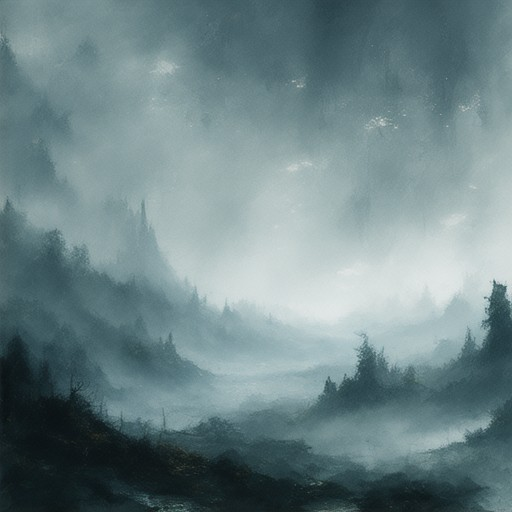
How Does Fog Contribute to Building Suspense in Narrative?
Fog plays a pivotal role in enhancing suspense within narratives by creating an atmosphere of uncertainty and tension. Its ability to obscure vision and alter the familiar setting introduces an element of mystery, compelling readers to engage with the story on a deeper level. Here’s a breakdown of how fog contributes to building suspense:
- Uncertainty and Disorientation : Fog reduces visibility, forcing characters and readers to navigate an unfamiliar environment. This disorientation mirrors the protagonist’s mental state, heightening the sense of unease and mystery.
- Visual Ambiguity : The lack of clarity in the environment allows for subtle visual cues that can foreshadow events or hide crucial details. Readers are compelled to piece together the truth, further escalating the suspense.
- Psychological Impact : Fog can evoke a sense of isolation and fear, as characters find themselves in an unpredictable situation. This psychological response resonates with readers, deepening their emotional investment in the narrative.
- Symbolic Representation : In many narratives, fog symbolizes transition, danger, or the unknown. Its presence signals a shift in the story’s tone, signaling potential conflict or change.
- Build-Up and Climax : Fog often precedes critical moments in a story, such as discoveries or confrontations. Its gradual accumulation builds anticipation, leading to a more impactful reveal or event.
By leveraging the unique properties of fog, authors can craft immersive and emotionally resonant stories that captivate audiences. The interplay between the physical environment and the characters’ experiences creates a dynamic interplay that keeps readers on edge, making fog a powerful tool in the writer’s arsenal for building suspense.
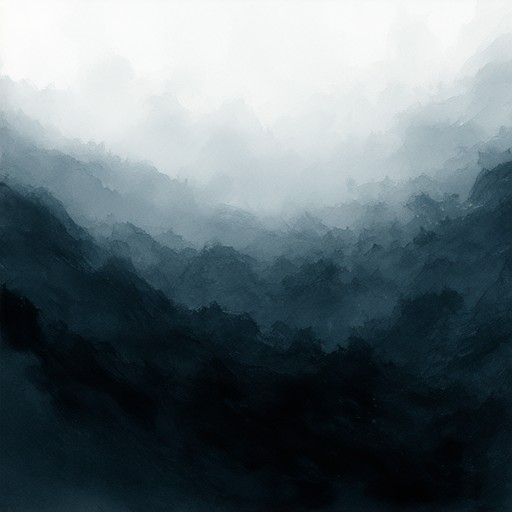
How ‘the fog’ Suspense-Filled Narratives Contribute to Building Tension in a Story
The use of fog in storytelling is a powerful tool for creating suspense and tension. Here’s how it enhances the narrative experience:
- Atmospheric Description: Fog thickens the air, creating an eerie and immersive environment. It wraps the story in a shroud of mystery, making it harder for characters—and readers—to see what lies ahead. This sense of uncertainty is a cornerstone of tension-building.
- Setting Isolation: Fog often isolates characters, physically and mentally. Whether it’s a dense morning mist or an ominous creeping fog, it traps characters in a confined space, heightening their anxiety and awareness of danger.
- Unpredictability: Fog obscures vision, leaving characters and audiences in the dark about potential threats or hidden dangers. This ambiguity fosters suspense as readers wonder what might be lurking just beyond the veil of the fog.
- Sensory Heightening: The presence of fog amplifies auditory and olfactory sensations. Sounds become more acute, and unfamiliar scents can signal impending doom, further immersing the reader in the tension of the moment.
Fog doesn’t just add visual drama—it transforms the way stories are experienced, making every turn and twist feel more impactful. By leveraging the psychological effects of fog, authors can masterfully build tension and keep readers on the edge of their seats.
Explore the eerie world of fog in storytelling
How Does ‘the fog’ Contribute to Building Suspense in Narrative?
The use of fog in storytelling significantly enhances suspense by creating an atmosphere of mystery, uncertainty, and tension. Here’s a breakdown of how fog contributes to building suspense:
- Visual Mystery
- Fog obscures details, making environments feel unfamiliar and unsettling. This visual ambiguity forces readers to imagine what lies beyond the mist, fostering curiosity and suspense.
- Example: In films like The Fog (1980), the dense mist envelops coastal towns, hiding dangers and creating an eerie sense of unease.
-
Eerie Soundscape
- Fog mutes and distorts sound, amplifying silence and creating an auditory void. This contributes to a heightened sense of isolation and dread.
- Example: The slow, rhythmic approach of the mist in The Mist (2007) is accompanied by an ominous silence, intensifying the suspense.
-
Isolation and Vulnerability
- Fog often traps characters in confined spaces or separates them from familiar surroundings, increasing their vulnerability and sense of isolation.
- Example: In The Shining (1980), the mist surrounds the isolated hotel, symbolizing the protagonist’s descent into madness.
-
Psychological Impact
- Fog represents the unknown and the supernatural, triggering primal fears and uncertainties. This psychological element heightens tension and keeps readers on edge.
- Example: The fog in The Others (2001) symbolizes both danger and mystery, leaving viewers uncertain about the characters’ reality.
-
Unpredictable Outcomes
- Fog often precedes unexpected or catastrophic events, creating anticipation and fear of the unknown. This unpredictability is a hallmark of suspense.
- Example: In The Blob (1988), the misty environment hints at the approaching threat, escalating the suspense.
By employing these techniques, fog becomes a powerful tool in creating suspense, making stories more engaging and immersive. To learn more about how fog is used in storytelling, visit our comprehensive guide on fog in narrative .
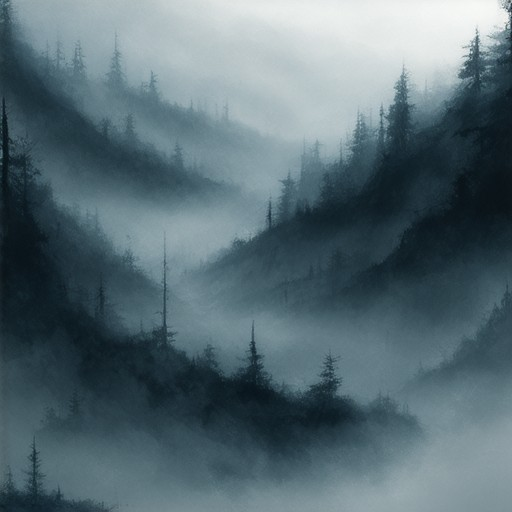
How Do ‘The Fog’ Suspense-Filled Narratives Contribute To Building Suspense In A Story?
The fog creates an eerie, uncertain atmosphere, heightening tension as characters and readers alike grapple with hidden truths and unseen dangers.
One of the primary ways ‘the fog’ contributes to building suspense is through its ability to create uncertainty and ambiguity. The lack of visibility forces characters to navigate unknown environments, leaving them vulnerable to unexpected threats. This sense of helplessness resonates with readers, drawing them deeper into the narrative.
Additionally, the fog enhances the setting by obscuring details, allowing for the introduction of mysterious elements that demand explanation. Characters often find themselves in situations where they must confront their deepest fears, creating emotional stakes that keep audiences engaged.
Another aspect is the psychological impact. The fog amplifies the characters’ fears and doubts, mirroring the readers’ own anxieties. This shared emotional experience fosters a connection between the characters and the audience, intensifying the suspenseful atmosphere.
For further exploration of ‘the fog’ and its role in storytelling, visit The Fog , a comprehensive resource dedicated to delving deeper into the themes and techniques employed in suspense-filled narratives.
By utilizing the fog as a metaphorical tool, authors effectively blur the lines between reality and illusion, leaving readers on edge and eager to uncover the truth buried within the mist.
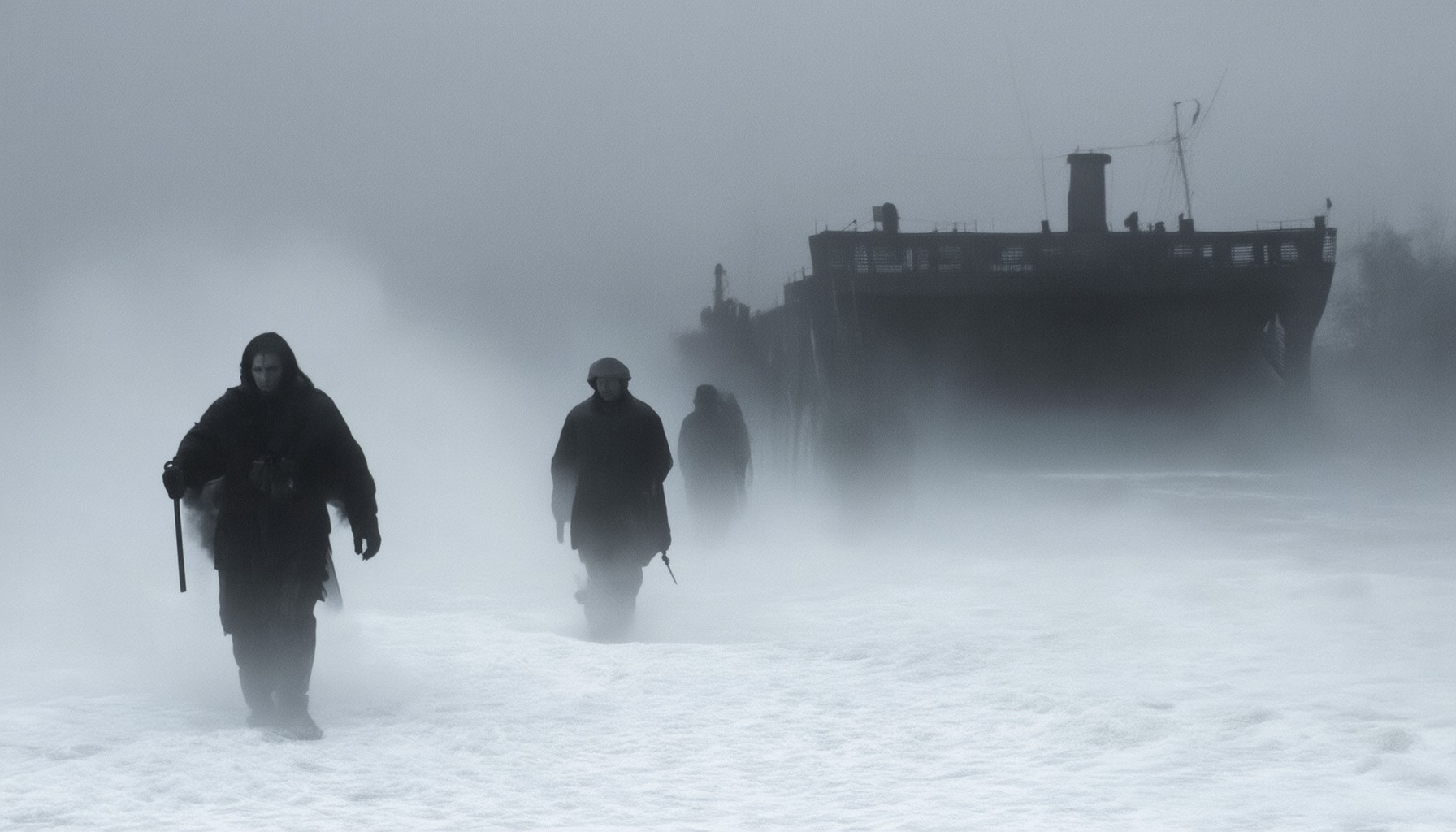

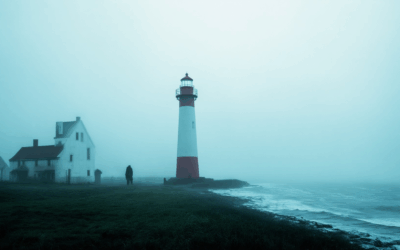

0 Comments